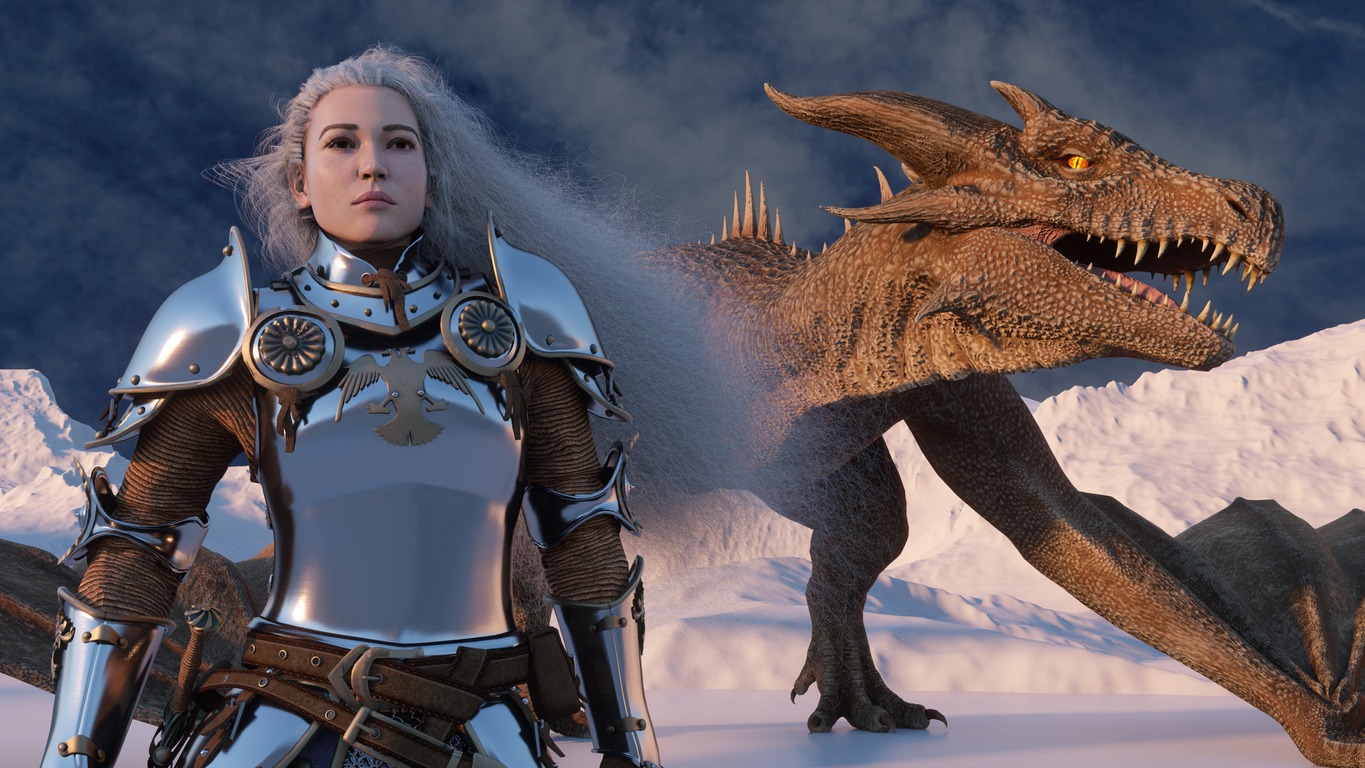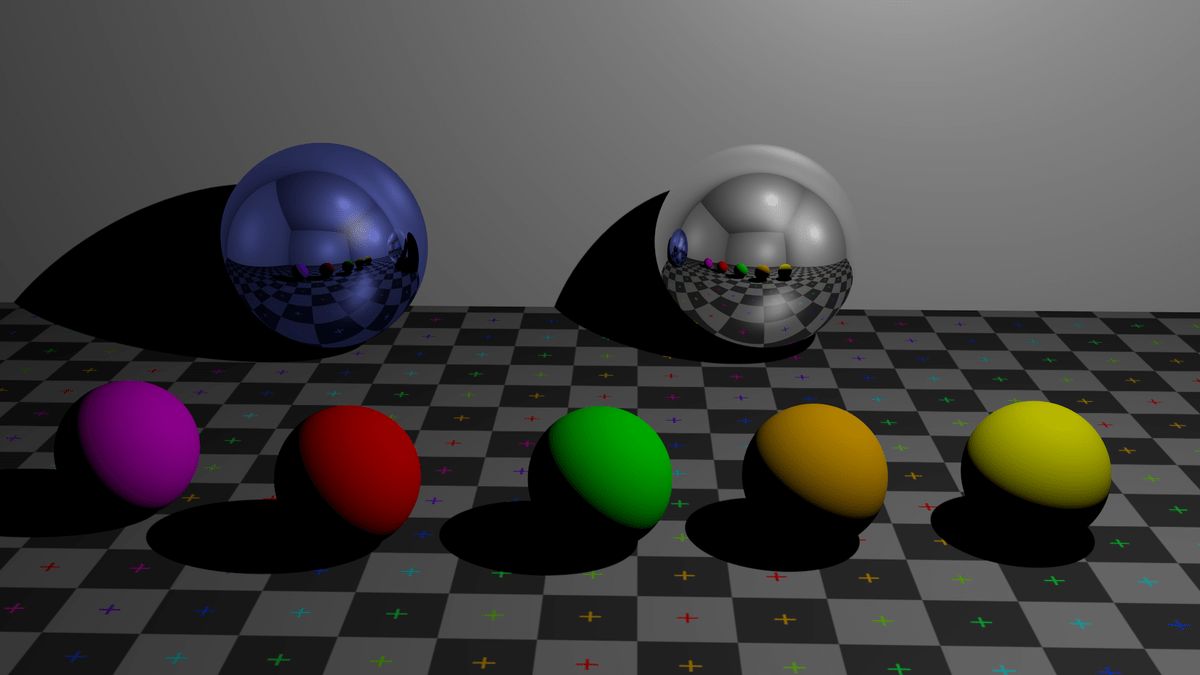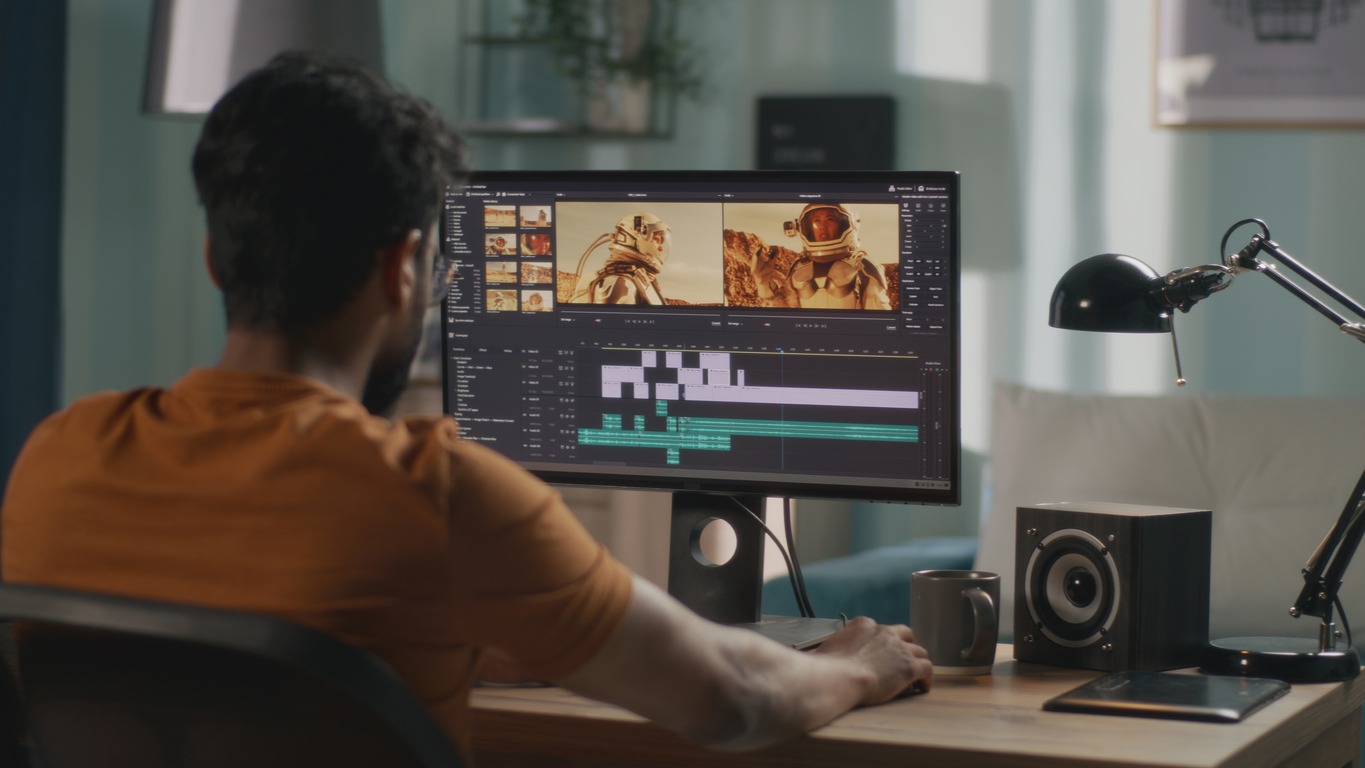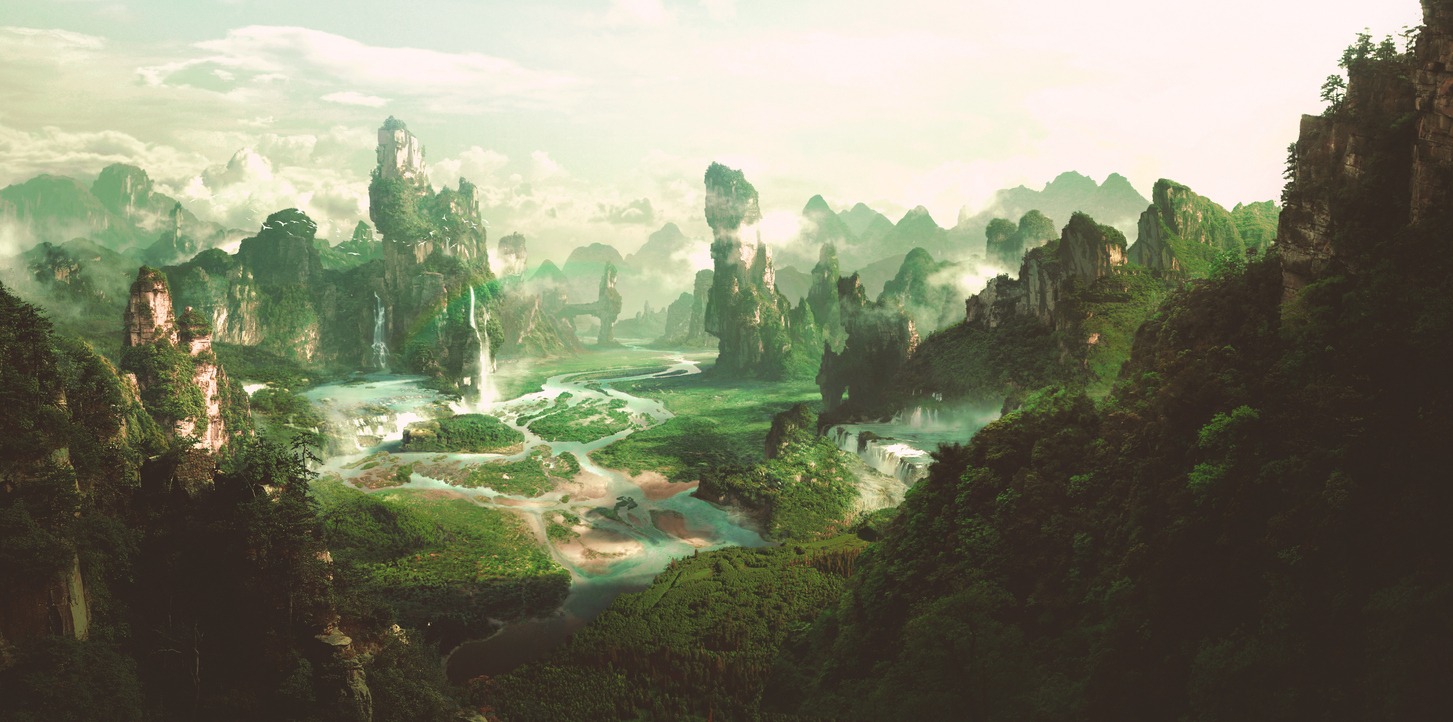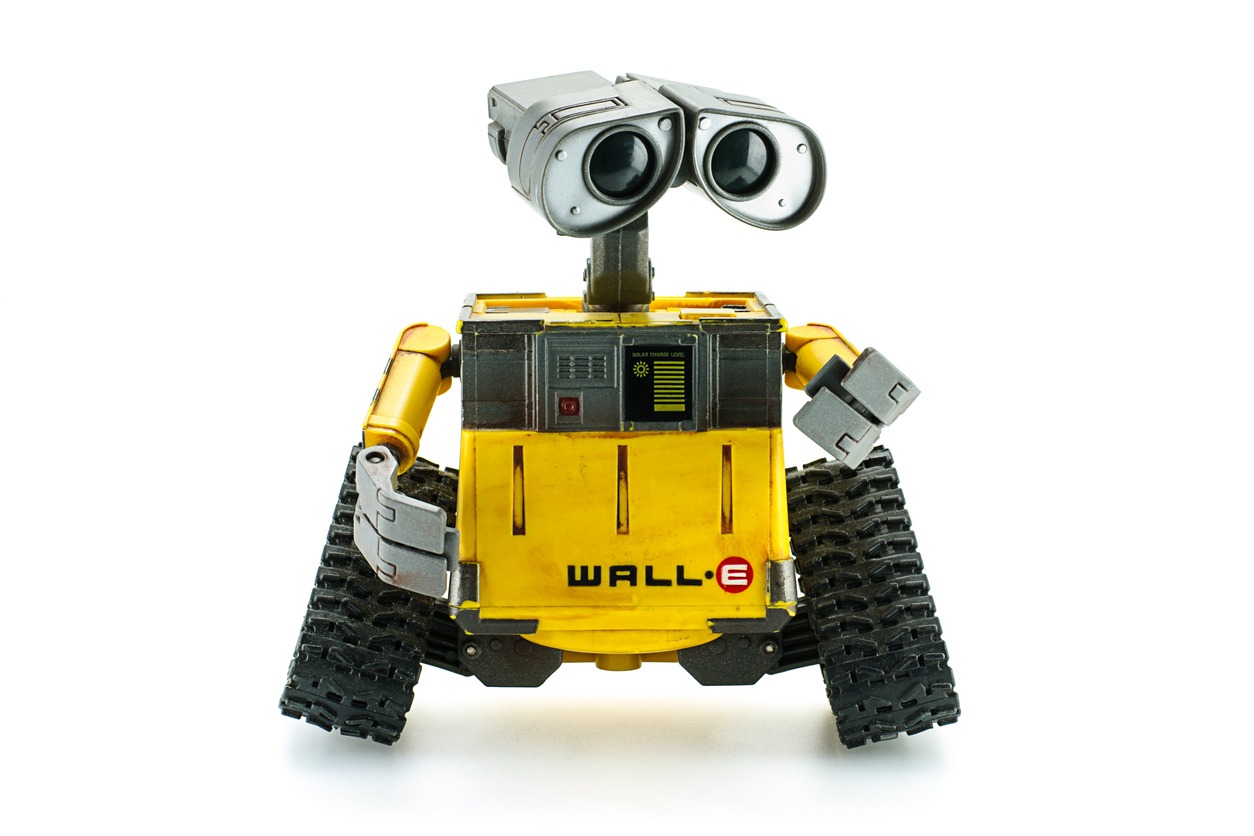The landscape of animation has undergone a seismic shift with the advent and evolution of Computer-Generated Imagery (CGI). Once a field dominated by traditional hand-drawn techniques, the animation industry has been revolutionized by the introduction of CGI, heralding a new era of digital storytelling. This transformation didn’t happen overnight, as it has been a journey marked by groundbreaking technological advancements and creative explorations. CGI has not only changed how animated stories are told but has also expanded the boundaries of what can be visualized, bringing to life worlds and characters that were once impossible to portray with traditional methods.
In this article, we will delve into the fascinating world of CGI in animation and trace its journey from the early experiments in digital imagery to the sophisticated, hyper-realistic animations we see today. This exploration reveals not only the technological marvels that have shaped the animation industry but also the artistic ingenuity that continues to push CGI to new heights. From blockbuster movies to animated shorts, CGI has become an integral part of the animator’s toolkit, offering endless possibilities for creativity and innovation. Join us as we explore how CGI transformed the world of animation, marking a pivotal chapter in the history of visual storytelling.
What is CGI?
Commonly recognized as CGI, Computer-Generated Imagery involves the application of computer graphics to produce or enhance images in various formats such as art, print media, video games, movies, TV shows, short films, advertisements, video content, and simulation environments. At its core, CGI is a diverse set of tools and techniques that allow creators to produce visual content entirely from computer-generated data. This includes both static and dynamic images, and it allows for the creation of visuals that can be more detailed, more complex, and often more fantastical than what can be achieved through traditional means.
The essence of CGI lies in its ability to create imagery that transcends the limitations of reality, enabling artists and filmmakers to bring to life imagined worlds and characters that would be impossible, impractical, or too costly to realize using conventional physical methods.
The process of creating CGI involves various stages, including 3D modeling, where objects or characters are constructed within a computer; layout and animation, where these models are given movement and placed within a scene; and rendering, where completed computer-generated scenes are output as individual frames of animation.
Over the years, CGI technology has evolved remarkably, allowing for greater realism and complexity in the images produced. Today, CGI is widely used not only in entertainment but also in various other fields, such as architectural design, engineering, and virtual reality. Its application ranges from creating whole environments and detailed characters in movies and video games to visualizing complex data in scientific research. With advancements in technology, particularly in areas like rendering speeds, motion capture, and artificial intelligence, CGI continues to push the boundaries of what’s possible in visual creation and storytelling.
The Early Days of CGI in Animation
The Beginnings of Computer-Generated Imagery
The journey of CGI in animation began in the 1960s, a time marked by technological experimentation and innovation. This era saw the first forays into using computers for creating animated images, a concept that was groundbreaking at the time. One of its earliest instances can be traced back to Ivan Sutherland’s “Sketchpad” in 1963, a program that allowed users to draw directly onto a computer screen, laying the groundwork for future graphic interfaces and animation software.
Pioneering Efforts in the 1970s
The 1970s witnessed significant advancements in CGI technology, which began to be used more prominently in films and research. This decade saw the creation of some of the first 3D computer-generated animations.
A notable milestone was the creation of a short film titled “A Computer Animated Hand” in 1972 by Edwin Catmull and Fred Parke, which featured a 3D-rendered hand and face. This animation demonstrated the potential of CGI for creating realistic and complex shapes and movements.
CGI’s Breakthrough in the 1980s and 1990s
The 1980s marked the first significant integration of CGI into mainstream cinema. 1982’s “Tron” was one of the first films to extensively use 3D computer graphics, integrating them into live-action sequences. Although the film was not a commercial success, it was revolutionary in showcasing the potential of CGI in storytelling and visual effects. “The Last Starfighter” (1984) followed, which used CGI for its spaceship battle scenes, a significant departure from the model-based effects commonly used at the time.
The late 1980s and early 1990s saw CGI making a more pronounced impact in the animation industry. This period was marked by the release of “The Abyss” (1989) and “Terminator 2: Judgment Day” (1991), both directed by James Cameron, which featured groundbreaking CGI effects.
The real turning point, however, came with the release of “Jurassic Park” in 1993. Directed by Steven Spielberg, the film’s realistic depiction of dinosaurs using CGI set a new standard for visual effects in cinema and captivated audiences worldwide, demonstrating the immense potential of CGI in creating lifelike creatures and immersive environments.
The early days of CGI in animation were characterized by a series of pioneering efforts, explorations, and breakthroughs that set the stage for the widespread use of computer graphics in animation and filmmaking. From rudimentary shapes and lines to the creation of realistic 3D environments and characters, this period laid the foundation for the CGI-dominated landscape of modern animation and visual effects.
Breakthroughs in CGI Technology
The evolution of Computer-Generated Imagery (CGI) has seen numerous breakthroughs over the years, each playing a pivotal role in transforming the landscape of animation, filmmaking, and visual effects. Here are some key advancements:
- 3D Modeling and Rendering: The shift from 2D to 3D CGI was monumental. Early 3D modeling and rendering technologies allowed for the creation of three-dimensional objects and environments, giving more depth and realism to animations and visual effects.
- Motion Capture (MoCap) Technology: MoCap brought a significant change in how CGI characters are animated. By capturing the movements of real actors, MoCap allowed for more realistic and fluid animations, particularly for human characters.
- Ray Tracing and Photorealistic Rendering: Ray tracing technology, which simulates the way light interacts with objects, revolutionized rendering, allowing for more photorealistic imagery. This has been particularly important in creating lifelike environments and characters in both animation and live-action films.
- Real-Time Rendering: Advances in real-time rendering, largely driven by the video game industry, have allowed for the creation of detailed CGI environments and characters that can be rendered instantly. This is crucial for interactive media like video games and virtual reality.
- Fluid, Smoke, and Fire Simulation: The development of sophisticated algorithms for simulating fluid dynamics has greatly enhanced the realism of CGI elements like water, smoke, and fire, which were traditionally challenging to replicate realistically.
- Digital De-aging and Face Replacement: Techniques for digital de-aging and face replacement have seen significant advancements. This allows filmmakers to digitally alter an actor’s appearance, making them look younger or even completely replacing faces for more convincing doubles or digital resurrection of actors.
- High Dynamic Range Imaging (HDRI): HDRI has improved the way CGI elements are integrated with live-action footage, allowing for more accurate lighting and reflections. This technology enhances the overall visual cohesion between CGI and real-life elements in a scene.
- Artificial Intelligence in CGI: The integration of AI in CGI processes is a recent breakthrough. AI algorithms are now used for tasks like creating realistic textures, enhancing render times, and even generating base models for further development.
Each of these breakthroughs has expanded the capabilities of CGI, pushing the boundaries of what’s possible in visual storytelling and opening up new avenues for creativity and innovation in various fields.
Impact of CGI on Animation Styles and Techniques
The impact of Computer-Generated Imagery (CGI) on animation styles and techniques has been profound and multifaceted, revolutionizing the way animations are created and experienced. Here are some key areas where CGI has made a significant impact:
- Realism and Detail: CGI has allowed for an unprecedented level of realism in animation. With advanced modeling and rendering techniques, animators can create lifelike textures, realistic lighting, and intricate details in characters and environments that were previously impossible with traditional animation methods.
- 3D Animation: CGI shifted the animation landscape from predominantly 2D to 3D, introducing a new dimension to animated storytelling. This transition to 3D animation has not only changed the visual aesthetics but also broadened the scope for storytelling, character development, and scene composition.
- Enhanced Creativity and Possibilities: CGI has expanded the creative possibilities for animators. With fewer limitations imposed by the physical world, artists can create fantastical characters and worlds, experiment with abstract visuals, and bring to life imaginative scenarios that challenge the boundaries of reality.
- Fluid and Complex Motion: Motion capture technology, a facet of CGI, has transformed character animation by capturing the movements of real actors. This has led to more fluid, natural, and complex character motions, especially in human or humanoid characters.
- Increased Efficiency: CGI has streamlined many aspects of the animation process. Features like procedural animation, where certain movements or effects are generated automatically by software, have significantly reduced the time and effort required to create complex scenes and effects.
- Hybrid Animation Styles: CGI has facilitated the blending of different animation styles. Combining traditional hand-drawn animation with CGI elements, for instance, has resulted in unique and innovative visual styles that merge the best of both worlds.
- Interactive Animation: In interactive media like video games, CGI has enabled real-time animation, where characters and environments respond dynamically to user inputs. This has significantly enhanced the user experience in interactive entertainment.
- Redefining the Scope of Animation: CGI has broadened the scope of animation beyond entertainment. It’s now used in various fields such as education, simulation, virtual reality, and scientific visualization, owing to its ability to represent complex data in a visual and understandable manner.
- Changing Audience Perceptions: The advancements in CGI have raised audience expectations for animation quality. Viewers now anticipate high-quality, realistic animations, especially in big-budget films and games, influencing how studios allocate resources and prioritize projects.
Iconic CGI Animated Films
Several CGI-animated films have left an indelible mark on the landscape of cinema due to their groundbreaking animation, storytelling, and cultural impact. Here are some of the most iconic ones:
- “Toy Story” (1995): Directed by John Lasseter and produced by Pixar Animation Studios, “Toy Story” holds the distinction of being the first feature-length film made entirely with CGI. Its success paved the way for the future of animated films and established Pixar as a major player in the industry.
- “Shrek” (2001): This DreamWorks Animation film is renowned for its subversive take on fairy tales, humor that appeals to both adults and children, and its technical innovation. “Shrek” was a commercial and critical success, winning the first-ever Academy Award for Best Animated Feature.
- “Finding Nemo” (2003): Another Pixar masterpiece, “Finding Nemo,” was celebrated for its stunningly realistic underwater environments and heartwarming story. It pushed the boundaries of CGI technology, particularly in the animation of water, and won an Academy Award for Best Animated Feature.
- “Avatar” (2009): Directed by James Cameron, “Avatar” isn’t a fully animated film but is noteworthy for its pioneering use of CGI and 3D technology. Its visual effects and immersive world set new standards for CGI in live-action films.
- “Frozen” (2013): Disney’s “Frozen” became a cultural phenomenon, lauded for its impressive animation, particularly the realistic rendering of snow and ice, as well as its memorable musical score. It won two Academy Awards, including Best Animated Feature.
- “The Incredibles” (2004): This Pixar film is celebrated for its stylish aesthetics, complex character animations, and portrayal of family dynamics. Its approach to depicting superhero action sequences and human emotions was particularly acclaimed.
- “Spirited Away” (2001): Directed by Hayao Miyazaki and produced by Studio Ghibli, this film, though primarily hand-drawn, incorporated CGI to enhance its breathtaking visuals. It’s widely regarded as one of the greatest animated films of all time and won the Academy Award for Best Animated Feature.
- “Up” (2009): Another Pixar film, “Up” is notable for its emotional depth, creative story, and stunning visuals. It was the second animated film ever to be nominated for the Academy Award for Best Picture.
- “Wall-E” (2008): Known for its minimal dialogue and powerful storytelling, “Wall-E” by Pixar used advanced CGI to create a visually stunning and emotionally engaging post-apocalyptic universe.
These films not only represent milestones in CGI technology but also stand as a testament to the power of animation to tell diverse and compelling stories. They have each, in their own way, pushed the boundaries of what can be achieved through digital animation and have left a lasting impact on both audiences and the industry.
The Role of CGI in Expanding the Scope of Animation
Broadening Horizons Beyond Traditional Boundaries
The advent and evolution of Computer-Generated Imagery (CGI) have significantly expanded the scope of animation, transcended traditional boundaries, and opened up new realms of possibilities. CGI has not only transformed how animations are made but also the kinds of stories that can be told through this medium.
Enhanced Storytelling and Creative Freedom
CGI allows for the creation of detailed and complex worlds, enabling animators and filmmakers to weave intricate narratives that were previously challenging or impossible to depict. The technology also offers a level of creative freedom that has led to a diverse range of visual styles, from hyper-realistic to stylistically abstract, catering to a wider range of artistic expressions and storytelling techniques.
Breaking into New Genres and Themes
CGI has enabled animation to delve into genres and themes that were once the domain of live-action cinema, such as science fiction, fantasy, and action. The ability to create realistic and detailed environments and characters has broadened the thematic scope of animation.
Expanding Audience Reach
CGI has played a crucial role in broadening the appeal of animation to a wider audience. With its ability to tell diverse and complex stories, animation is no longer seen as a genre solely for children but as a versatile medium that can engage viewers of all ages.
Future Prospects and Emerging Technologies
The integration of emerging technologies like virtual reality (VR) and augmented reality (AR) with CGI is opening up new frontiers in animation. These technologies offer immersive experiences, creating new ways for audiences to engage with animated content. Understanding the impact of CGI on animation leads to an exploration of its application in broader fields. Our post How Do Animations Influence Advertising and Marketing?‘ specifically looks at how the advancements in animation, including CGI, have revolutionized advertising strategies, creating more engaging and effective marketing campaigns.
Conclusion
CGI has undeniably revolutionized the world of animation, broadening its horizons far beyond traditional boundaries. From creating visually stunning worlds to telling complex and engaging stories, CGI has expanded the potential of animation as a medium. Its impact extends across various industries, enhancing educational content, scientific visualization, and interactive entertainment.
As technology continues to evolve, CGI’s role in animation promises to bring even more innovation and creativity, continually reshaping how we experience and interact with animated stories. The future of animation, enriched by CGI, is undoubtedly a canvas of endless possibilities. We hope this article helped you learn more about how CGI has transformed the world of animation.
